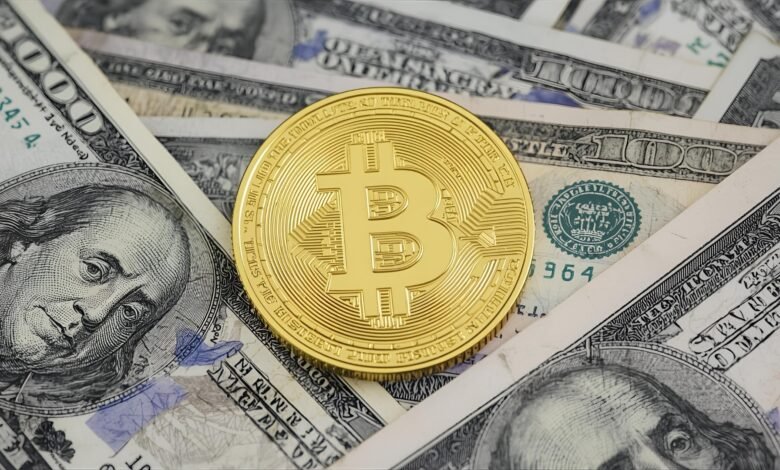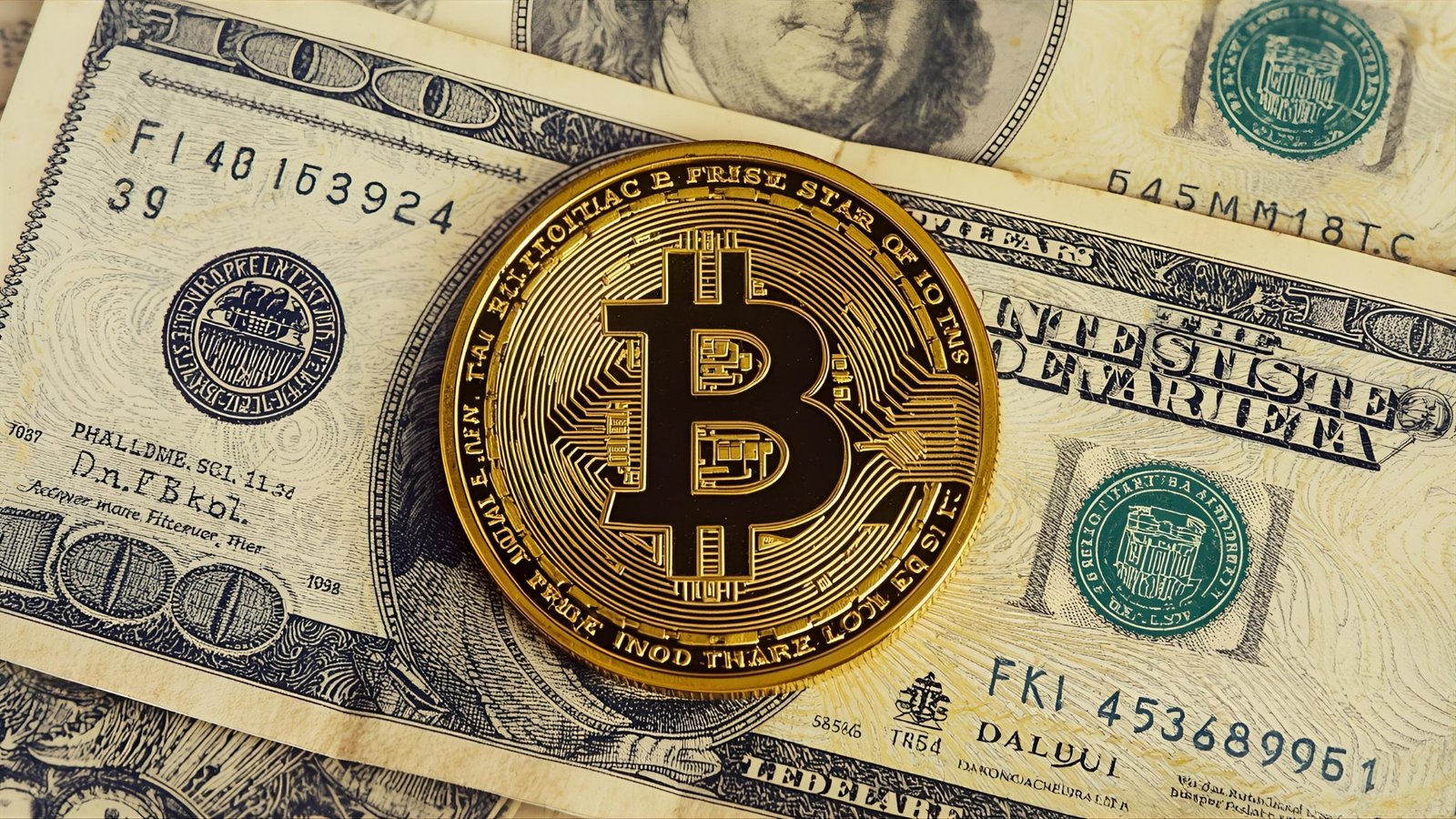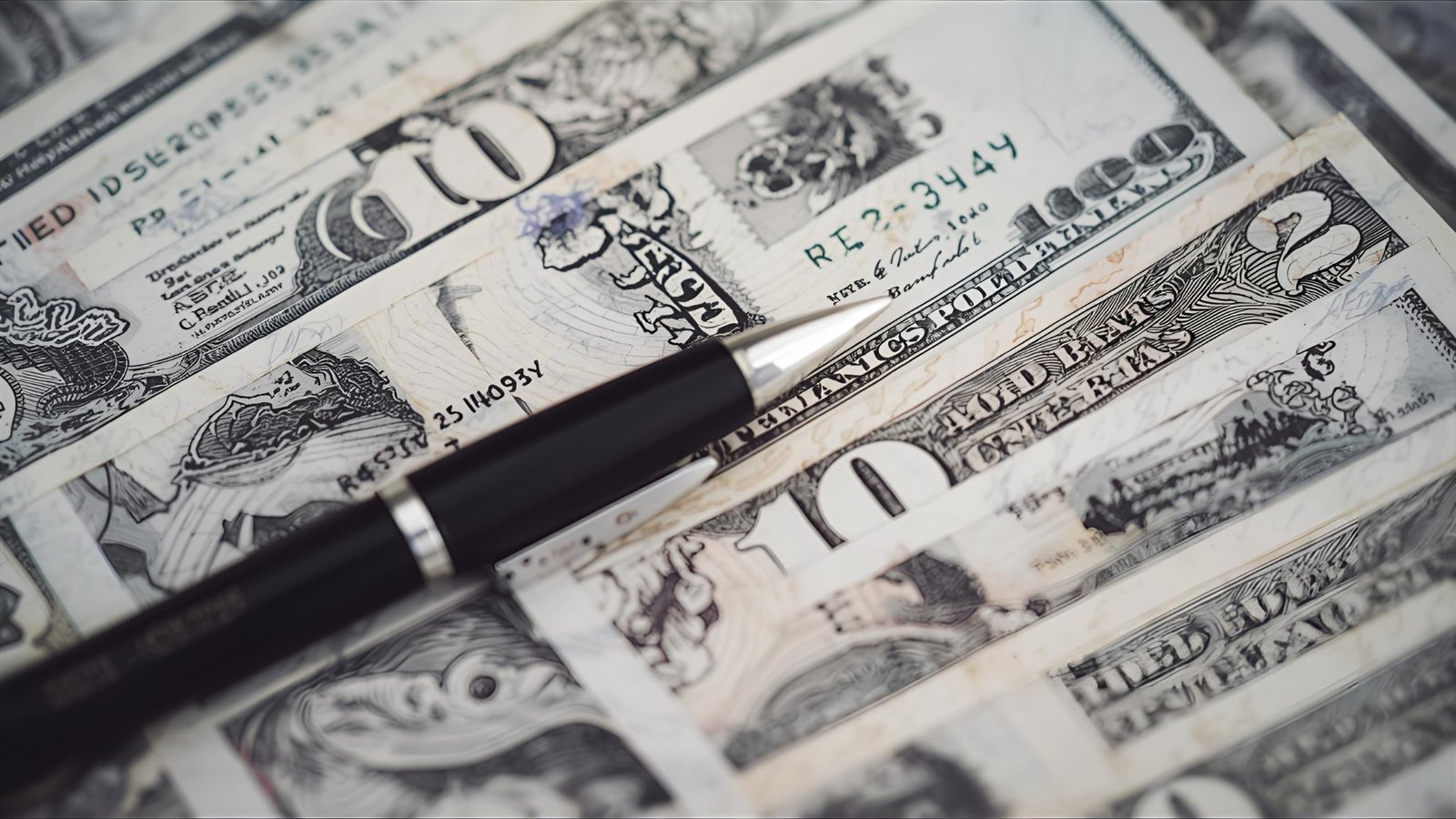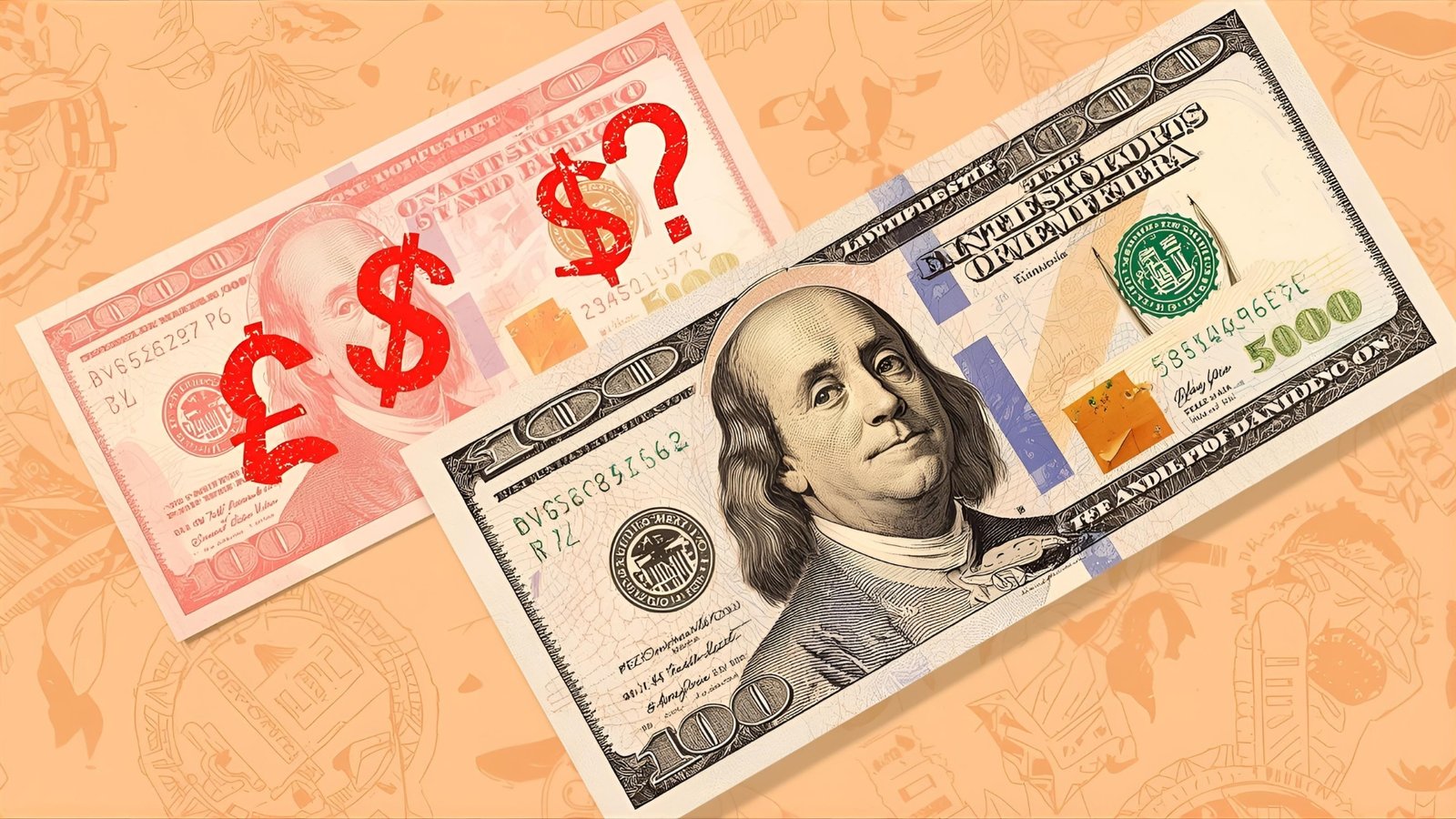
how much bitcoin to USD at any given moment, you’re really asking a bundle of related questions: what sets the BTC–USD price, which fees and spreads you’ll pay to cash out, where to convert safely, and how to time your move so you don’t lose money to volatility. This guide unpacks every part of the process so you can go from curiosity to confidence.
We’ll break down the mechanics behind the BTC to USD exchange rate, compare popular conversion paths like centralized exchanges, broker apps, Bitcoin ATMs, and peer-to-peer trades, and walk through a realistic step-by-step example. Along the way, you’ll learn how liquidity, slippage, network fees, and taxes change the number you actually get in your bank account when turning bitcoin into dollars.
By the end, you won’t just be able to look up how much bitcoin to USD is right now—you’ll know how that number is formed, how to minimize costs, and how to manage risk so your conversion is smooth, secure, and predictable.
What does how much Bitcoin to USD really mean
When most people type how much bitcoin to USD into a search bar, they expect a single, definitive number. In practice, there are several numbers:
-
A spot price on a specific crypto exchange (for example, the last traded price of BTC/USD on one venue).
-
An index price that averages quotes across multiple marketplaces to reduce noise.
-
Your effective price is the spot or index price minus the spread, trading fees, network fees, and any withdrawal or FX fees your bank or app charges.
The number that matters to you is the effective price. Two people converting the same amount of BTC at the same time can receive different dollar totals because they used different platforms or executed trades of different sizes. Understanding the drivers of that difference is the key to determining how much bitcoin you will personally receive in USD.
How the BTC–USD price is set

Supply, demand, and order books
On liquid exchanges, the bitcoin price emerges from continuous limit orders and market orders. Buyers line up bids; sellers line up asks. Where they meet is the mid-market price for BTC/USD. If more people want to buy BTC with USD than sell, price rises. If selling pressure dominates, price falls. This real-time tug-of-war is why how much bitcoin to USD can change minute by minute.
Liquidity and slippage
Liquidity is the depth of buy and sell orders near the current price. Higher liquidity means you can convert more BTC without moving the market. Lower liquidity causes slippage, where your average fill price drifts away from the quote you saw. For small retail conversions, slippage is usually tiny; for large orders, it can be meaningful. If you’re converting multiple whole bitcoins, consider OTC desks that aggregate liquidity to reduce slippage and stabilize your bitcoin-to-dollar outcome.
Arbitrage and price convergence
Because Bitcoin trades on dozens of exchanges globally, prices sometimes diverge. Arbitrage traders buy on cheaper venues and sell on pricier ones, pushing prices back together. Their activity tightens spreads and helps ensure that the bitcoin-to-USD conversion rates you see on one reputable platform won’t be wildly different from another, especially during normal market conditions.
Beyond the headline price: the costs that change your outcome
Spreads and trading fees
A spread is the tiny gap between the best bid and best ask, and in retail apps, it may be widened into a “quote markup.” Some platforms advertise zero commission but embed a higher spread; others charge an explicit trading fee with a tighter quote. Always compare the all-in cost. For practical purposes, how much bitcoin to USD you’ll receive equals your BTC amount multiplied by the realized sell price minus the platform’s fees.
Network fees and confirmation time
To move BTC from your wallet to an exchange, you’ll pay a miner fee (also called a network or transaction fee). When the network is busy, fees rise and confirmations take longer. If timing matters—say, you want to catch a price spike—send with an appropriate fee level and ensure the exchange credits deposits quickly. Some apps let you convert within the app without an on-chain transfer by using internal balances; that can be faster and cheaper when every minute counts.
Deposit, withdrawal, and banking fees
Even after you sell BTC for USD, many services charge withdrawal fees for bank transfers, wires, or debit withdrawals. International users can pay additional FX charges when converting USD to local currency. Build these into your mental math when estimating how much bitcoin to USD will end up as spendable cash.
The main ways to convert BTC to USD
Centralized exchanges (CEXs)
Traditional crypto exchanges offer dedicated BTC/USD order books, competitive fees, and strong liquidity. You create an account, complete KYC/AML verification, deposit BTC, place a sell order, and withdraw USD to your bank. For most people seeking clarity on how much bitcoin to USD, a reputable CEX provides the most predictable, auditable path with itemized fees and clear records for taxes.
Broker apps and fintech wallets
Some fintech apps and brokerage-style crypto services let you sell instantly at a displayed quote. These tend to be the easiest for beginners, but may include higher embedded spreads. If simplicity beats chasing the last basis point, this route can be reasonable—compare the effective conversion rate to what you’d get on an exchange before you tap “sell.”
Bitcoin ATMs
Bitcoin ATMs allow in-person cash conversions but commonly carry high markups. They can be helpful in small amounts or when banking access is limited. If your priority is maximizing how much bitcoin to USD you receive, ATMs are rarely the best value.
Peer-to-peer (P2P)
P2P marketplaces connect buyers and sellers directly, sometimes offering headline rates that appear better than those of exchanges. Be cautious. Counterparty risk, escrow mechanics, and chargeback fraud add complexity. Experienced users may save money here, but for most, the transparency and protection of regulated venues are preferable when converting bitcoin to cash.
OTC desks for large trades
If your order size is big enough to move the market, OTC trading desks can quote a single price for the whole block and source liquidity behind the scenes. This helps you control slippage and lock in a firm number for how much bitcoin to USD you’ll get.
Step-by-step: estimating your real-world USD

Start with a conservative price anchor
Choose a reputable BTC–USD index price as a baseline. Think of it as the “fair” market level before costs. Because how much bitcoin to USD changes rapidly, refresh your anchor right before you initiate a transaction.
Apply platform trading fees or markup
Check your platform’s fee schedule. If it charges a 0.5% trading fee, reduce your baseline by that amount. If it shows a take-it-or-leave-it quote, compare it to the index price; the difference is the markup.
Add network and withdrawal costs
Estimate your miner fee to deposit BTC and any fiat withdrawal fee after the sale. Express these in dollars so you can net them out cleanly. A $6 network fee and a $10 bank withdrawal fee together shave $16 off your final number, regardless of BTC price.
Consider timing and volatility
If the price is swinging, your fill could be better or worse than your snapshot. Setting limit orders can cap downside. If you need certainty, accept a firm quote that includes all fees, even if it’s slightly worse than the theoretical best case. Clarity often beats chasing pennies in a fast market.
Keep records for taxes and compliance
Download receipts showing date, time, amount of BTC sold, USD proceeds, and fees. Good records turn the fuzzy question of how much bitcoin you have into a precise, defensible number at tax time.
Timing your conversion: volatility, risk, and strategy
Dollar-cost averaging out
If you don’t need all the cash today, consider selling in tranches. Dollar-cost averaging reduces the chance of converting everything at a local low. It also spreads network and withdrawal fees across multiple transactions, which can be less efficient. Consider weighing the trade-off against price risk.
Using limit and stop orders
A limit sell lets you define the minimum price you’ll accept, which is helpful when “How much bitcoin to usd” must clear a target threshold. A stop order can protect against sharp drops while still letting you ride upward momentum. Be aware that in violent markets, stop orders may slip to the next available price.
Watching liquidity windows
Liquidity typically improves during overlapping US and European trading hours and around primary market opens. Better liquidity often means tighter spreads and a slight improvement to your BTC to USD outcome. If fees are constant, executing during deeper liquidity can make a subtle but real difference.
Security essentials when converting
Verify the platform
Use services with strong reputations, clear legal entities, proof-of-reserves reporting where available, and well-documented withdrawal processes. The more transparent the service, the more accurately you can predict how much bitcoin you’ll net to USD after fees and how quickly you’ll receive it.
Protect your keys and accounts
If you self-custody, double-check addresses, enable RBF if you may need to bump fees, and use a safe fee recommendation. On exchanges, enable 2FA, withdrawal allowlists, and alerts. Fraud and account compromise can erase any gains from shopping for a slightly better BTC–USD rate.
Beware of scams and chargebacks
If you use P2P channels, rely on escrow, and avoid reversible payment methods with unknown counterparties. Promises of above-market bitcoin to USD rates are classic lures for scams.
Taxes and reporting: the often-overlooked cost
Converting bitcoin to USD is typically a taxable event in many jurisdictions, creating a capital gain or loss measured from your cost basis. Fees usually adjust the proceeds or the basis and can reduce taxable gains. Consult a qualified professional for your location, keep meticulous records, and export transaction histories from your platform. Your honest answer to how much bitcoin you received in USD should include an estimate of after-tax dollars if taxes apply to your situation.
Common mistakes that reduce your USD outcome

Ignoring the total cost of ownership
Chasing a zero-commission app while ignoring a widespread issue is a standard error. Calculate your effective BTC–USD rate by comparing the cash you receive per bitcoin to a trusted index. If your realized price is consistently below market by a whole percentage point or more, shop around.
Underestimating network congestion
Sending with too-low fees during peak periods can delay deposits, causing you to miss price windows. If you need speed, set a competitive miner fee or use an app that supports internal conversions with Lightning or custodial transfers to avoid on-chain delays. Faster crediting helps you capture the how much bitcoin to USD rate you expect.
Forgetting bank cutoffs and settlement times
Even after you’ve sold BTC, bank transfers take time. If you need USD by a specific date, initiate withdrawals early and check ACH/wire cutoffs. Otherwise, your “how much bitcoin to USD today” may not become spendable dollars until tomorrow or the next business day.
Tools and calculators for clarity
Many platforms show a dynamic converter where you type a BTC amount and see the USD equivalent. Use these as sanity checks, but also run your own numbers. Multiply your BTC amount by the displayed sell price, subtract the trading fee, subtract the network and withdrawal fees, and compare the result to the quote. This habit turns how much bitcoin to USD from a guess into a reproducible calculation you can audit later.
Realistic example: putting it all together
Imagine you plan to convert 0.25 BTC. You check an index, which shows $X per BTC at this moment. Your exchange lists a sell fee of 0.4% and a $5 USD withdrawal fee. The BTC network is moderately busy, and your wallet suggests a $3 miner fee for a fast confirmation. You transfer the coins, place a limit sell slightly below the current price to ensure a quick fill, and you get executed.
Your gross proceeds equal 0.25 × $X. Subtract 0.4% trading fees from the gross. Now subtract the $3 network fee (converted to USD at the time of filling) and the $5 bank withdrawal fee. What’s left is your realized Bitcoin to USD conversion. Repeat this exercise with another venue’s fee schedule, and you’ll see how different platforms change your real-world results even with the same headline BTC price.
Advanced considerations for power users
Stablecoins as an intermediate stop
Sometimes converting BTC → USDT/USDC → USD yields faster or cheaper bank withdrawals depending on your region and exchange. You still need to factor spreads and fees, which introduces an extra step. But if your exchange offers free or cheaper USD withdrawals from stablecoins, your effective How much bitcoin to usd conversion rate may improve slightly.
Using the Lightning Network
When supported, selling via Lightning can reduce network fees and speed up deposits for small amounts. This can be helpful when every dollar counts and you want a reliable, near-instant path to a quoted BTC to USD rate inside the same ecosystem.
Hedging while you wait
If you must wait for banking windows or larger confirmations, hedging with a short futures position can hold your USD value steady until settlement. This is an advanced tactic and carries its own risks, but it can lock in today’s exchange rate of bitcoin to USD while you finalize the fiat leg.
Choosing the right venue for your goals
There’s no universal best place to sell. If your top priority is maximizing dollars, prioritize low fees, tight spreads, and strong liquidity. If convenience matters most, pick a user-friendly broker that’s transparent about its markup. If you need to move size, use OTC. If speed beats everything, look for instant sell features with same-day bank payouts. Always think in terms of effective rate and your personal constraints rather than chasing someone else’s idea of the perfect platform.
Ethical and practical safety checks
Only convert coins that belong to you, from wallets you control or accounts that you’re authorized to use. Keep proofs of origin and transaction trails organized. Most regulated venues will ask for this information at higher tiers. Being proactive avoids delays that could affect the amount of bitcoin to USD you ultimately see when compliance reviews kick in.
Conclusion
Asking how much bitcoin is worth in USD is the start of a more innovative process, not the end. The raw BTC–USD price is just the headline. Your actual outcome depends on spreads, fees, liquidity, timing, taxes, and the trustworthiness of the platform you choose.
Anchor your estimate to a reliable index, layer in the real costs you’ll pay, and decide whether you value speed, simplicity, or maximum dollars. With a clear plan and a few best practices—verifying fees, sending with appropriate network fees, and keeping excellent records—you can convert bitcoin to dollars confidently and keep more of what you’ve earned.
FAQs
Q: Is there a “best time of day” to convert Bitcoin to USD?
There’s no guaranteed best time, but liquidity often improves during overlapping US and European trading hours, which can slightly tighten spreads. If you need a specific number, using limit orders or fixed-price quotes removes uncertainty, even if you sacrifice a tiny bit of upside. Ultimately, your answer to how much bitcoin to USD you’ll get hinges more on fees and execution quality than the clock.
Q: Do I pay taxes when I sell BTC for USD?
In many countries, selling BTC for dollars is a taxable event that can create capital gains or losses. Your cost basis, holding period, and fees all matter. Keep detailed records and consult a qualified tax professional. Factoring estimated taxes into your plan gives a more accurate picture of how much bitcoin to USD ends up as spendable money.
Q: Are zero-fee apps really cheaper?
Sometimes, but not always. Many “zero-fee” services widen the spread, so you pay indirectly. Compare the effective rate by checking how many dollars you receive per bitcoin after all expenses are deducted. The platform that maximizes your BTC to USD proceeds is the one with the best effective rate, not necessarily the one with the flashiest fee banner.
Q: How can I avoid slippage on larger sales?
Use limit orders, break the sale into smaller chunks, or work with an OTC desk that sources liquidity across venues. These steps help you control the realized price and make your bitcoin-to-USD conversion result more predictable, especially in volatile markets.
Q: What’s the safest way for beginners to convert BTC to USD?
A reputable, regulated exchange with transparent fees, solid security, and responsive support is usually the best starting point. Complete KYC, enable 2FA, make a small test transfer, and sell a small amount first to confirm the process. When you can estimate how much bitcoin to USD you’ll get within a few dollars before you click “sell,” you’ve found a process you can trust.
Also Read: Bitcoin News Today Latest Updates & Market Analysis 2025

